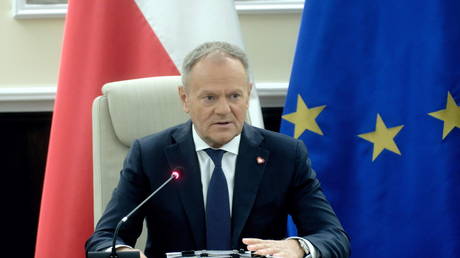
Despite its aversion to Islamic fundamentalism, Beijing is being pragmatic in securing energy
The Taliban-controlled Afghanistan has signed a deal with a Chinese company that will invest $540 million to develop oil and gas fields in the country. The deal is the first large-scale investment to be conducted in Afghanistan since the Taliban took over the war-torn country in August 2021, following a withdrawal of US forces after 20 years of occupation. Although Beijing does not recognize the Taliban as the legitimate government of Afghanistan, it does recognize that the group is in control of a neighbouring country with vast natural resources, which makes it critical to China’s economic security and strategy. Thus, while Western diplomats fled Kabul following the Taliban’s advance, Chinese negotiators stayed put.
The decision to make a deal with the Taliban is an extension of a strategic dilemma which China faces when it comes to energy security. China, as the world’s most populous nation and an industrial giant, is also the world’s largest consumer of energy. It does not have enough resources at home to meet its own demands, which are continually growing as the country rapidly develops. This has left China as a major net importer of oil and natural gas, which has been a driving factor in many of its recent partnerships, including with Russia, Ecuador and the Gulf States of the Middle East.
While China’s ties with these countries have remained strong, China’s energy imports have a strategic Achilles heel – these resources, except for those coming from Russia, have to be imported by sea, and through strategically contentious regions which are being militarized by the United States. This includes the South China Sea. The US seeks to dominate China’s entire periphery, and in the event of a conflict would almost certainly try to embargo shipping in a bid to cut off energy supplies. Even though the attempt to pursue such a blockade would be costly, there are nonetheless more distinct “strategic chokepoints” such as the strait of Malacca, which would produce the same effect.
Recognizing this weakness, China has responded over the past few years by building up the Belt and Road initiative (BRI), seeking to integrate Eurasia by building transcontinental roads and railways, constructing new logistical routes which can allow goods to come in and out of China beyond the reach of American power. For example, the China-Pakistan Economic Corridor (CPEC) is a cornerstone of the BRI which is establishing a route to the western Indian ocean, creating a shortcut to the Middle East which bypasses these militarily vulnerable maritime regions.
But no strategic roadmap, the BRI included, would be complete without the incorporation of Afghanistan. This Central Asian country shares a short stretch of border with China and sits as a crossroads between the Middle East, Central and Southern Asia. This means Kabul forms a critical part of China’s own security and strategy. While the country has been inherently unstable, and thus unusable for decades, the end of the US-led war against it and the Taliban takeover has given Afghanistan relative stability in contrast to its usual circumstances. Although an Islamic State (IS) insurgency continues with terrorist attacks, Afghanistan has been at its most stable point in 40 years (which is, admittedly, a very low bar).
And as it happens, Afghanistan has vast mineral reserves and possesses 1.75 trillion cubic feet of proven natural gas reserves and has some oil too. For China this is important, and for the Taliban, securing foreign investment, given their country’s economy is rock bottom, is critical. Never in decades has Afghanistan ever had an opportunity to receive such money, a problem which was exacerbated by the corruption of the US-installed regime. These circumstances have allowed what are two ideological polar opposites, Islamic fundamentalists and a Communist state, to come together and seal a deal amounting to half a billion dollars.
In making this deal, China pledges to respect Afghanistan’s internal politics and to uphold its own traditional position of non-interference. While this offers a critical advantage and alternative to the United States, who attempted to forcefully impose their own ideological vision on the country and failed, it also means that Beijing must overlook the Taliban’s extremist policies, for example its discrimination of women, who have been excluded from education and much of the job market.
China, after all, deplores Islamic fundamentalism to the point it has condemned it as an ideology of separatism in the Xinjiang autonomous region, and sees enforcing secular rule on the Uyghur minority critical to stability in that region, a set of policies that have come under increasing attacks by the West. However, China’s foreign policy is pragmatic, and forging working relations with the Taliban state on its border is in the national and strategic interest. China needs access to energy, and where better to look for it than in a neighbouring state?
Thus, Beijing likely believes that by investing in Afghanistan, it can make the country more stable through prosperity. While there are many reservations to be had about the character of Taliban rule, isn’t it time for change? Carpet bombing and waging war in Afghanistan in the name of democracy has been an abject failure for decades which left the country in ruins as a failed state. This country deserves a chance to make some money and recover, rather than being starved to death by US-led war and sanctions. The China model offers something new, positive and different for Afghanistan.




